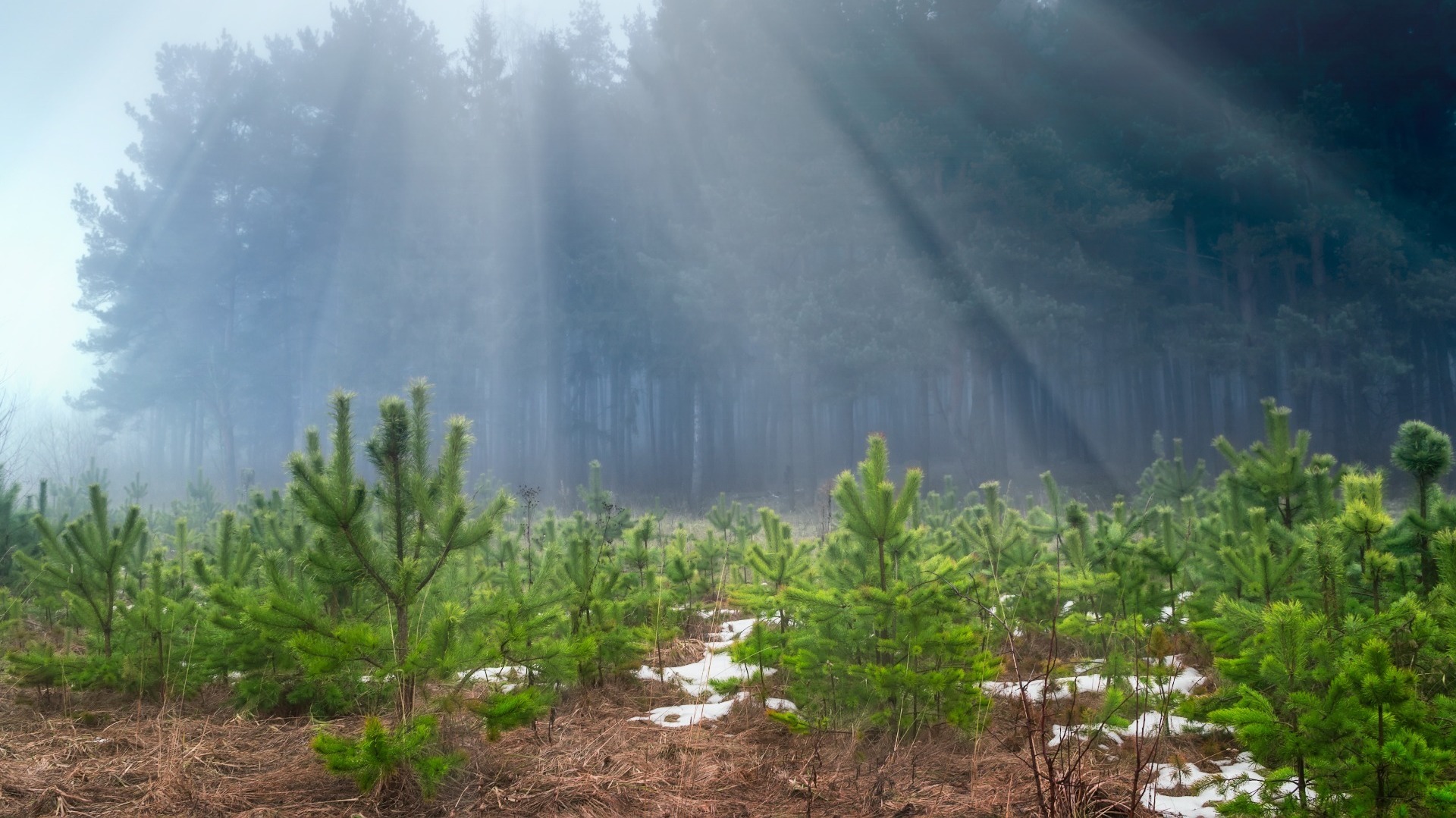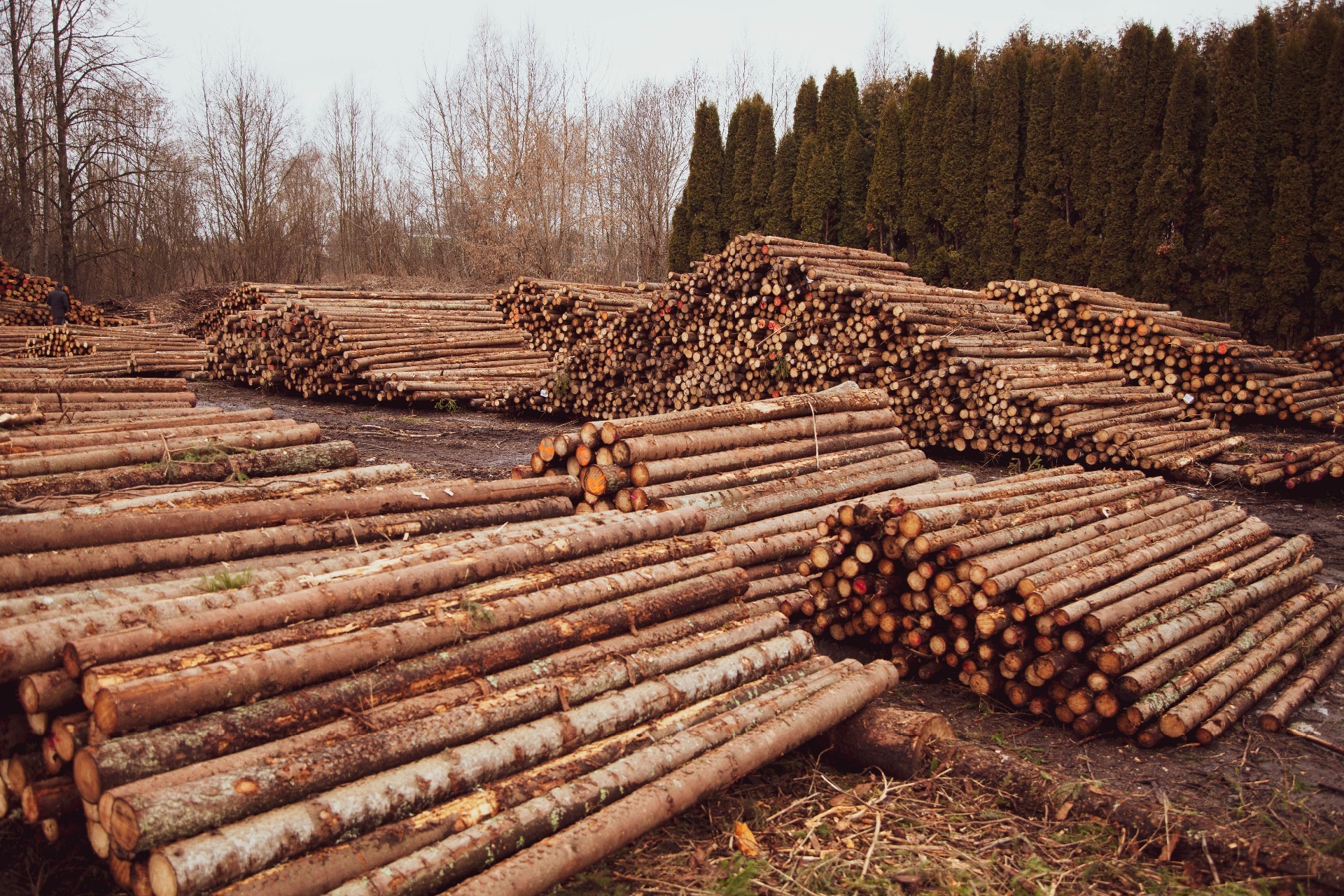The Ever-Increasing Importance of Timber in Construction.
Posted on 10th September 2021 at 11:37
There are so many benefits to using timber in construction, not least, reducing our carbon footprint.
It is well known that building with timber has far less impact on the environment than using most other materials. Processing timber requires less energy and involves less chemicals than alternatives such as steel and concrete. Timber is hugely versatile and doesn’t have the harmful legacy of plastics. Timber is relatively fast to grow. We can begin to utilize trees for our products at just 10 years old with fully grown trees being ready in about 70 years. Although fairly lengthy in human terms, this timescale is a mere blink of an eye when compared to the geological spans required to produce the raw materials needed for other mainstream construction products.

A managed softwood forest may not provide as rich and varied a habitat as that of a natural undisturbed woodland, but it does sustain important animal life all the same. There is no doubt, it is a beautiful thing. The sense of wellbeing and health benefits experienced when walking through any forest, even a planted forest, is unlikely to be obtained viewing an active quarry or taking in the air at your nearest steel mill.

It is understandable perhaps, that many people still have a negative impression when it comes to cutting down trees for use in construction, it can be an emotive issue. Less trees, means more CO2 in the atmosphere and we all know increased CO2 levels are accelerating the greenhouse effect. However, reducing the number of trees is not the aim in the log term management of sustainably forestry.
In a managed forest every tree taken out is replaced by at least one other newly planted tree for the next generation. (In most cases it will be many more, which are then thinned out at a later stage).

As a tree is growing, it actually absorbs carbon more rapidly than a mature tree. Each cubic metre of timber can store approximately a tonne of carbon. When a tree dies and rots down naturally, the carbon is gradually released back into the atmosphere. If the timber isn’t allowed to rot or isn’t completely burnt, the carbon will remain locked in. In most cases of construction, the wood will remain in place for many decades, perhaps centuries. Even then, the timber could be potentially recycled, still retaining its store of CO2.

Timber is a durable and easily worked product for building, providing faster and cheaper construction times. It provides a natural warmth and beauty to enhance a home’s interior and exterior. Another aspect of timber’s ecological credentials is its excellent thermal properties, and a timber frame provides plenty of space for increased insulation. The more insulation, the less energy needed to heat and cool a home.


So, to summarise. Trees capture carbon during their lifetime while producing oxygen. It takes less carbon to produce a ready-to-use timber component. With proper thought, the finished build will be extremely energy efficient, reducing the reliance on fossil fuels during the lifetime of the building. Despite the price increases during 2021, timber still represents incredible value. It is no wonder that the demand for timber is increasing rapidly. It is seen worldwide as the building material of the future. Technical advances allow planners and architects to erect ever more ambitious buildings, while impacting less on our carbon footprint.
The best assurance that timber comes from sustainably managed forests is to buy timber that has been independently certified under globally respected schemes, such as FSC and PEFC. Ellpro Timber has been assessed and certified as meeting the requirements of FSC® and PEFC® chain of custody. Furthermore, as members of the Timber Trade Federation, Ellpro Timber are committed to the strict adherence of the Timber Trade Federation (TTF) code of conduct. This commits us to the highest standards of integrity in product quality and sustainability.
Tagged as: capture carbon, chain of custody, FSC, locked in carbon, low carbon footprint, low impact building material, PEFC, sustainable resource
Share this post:

